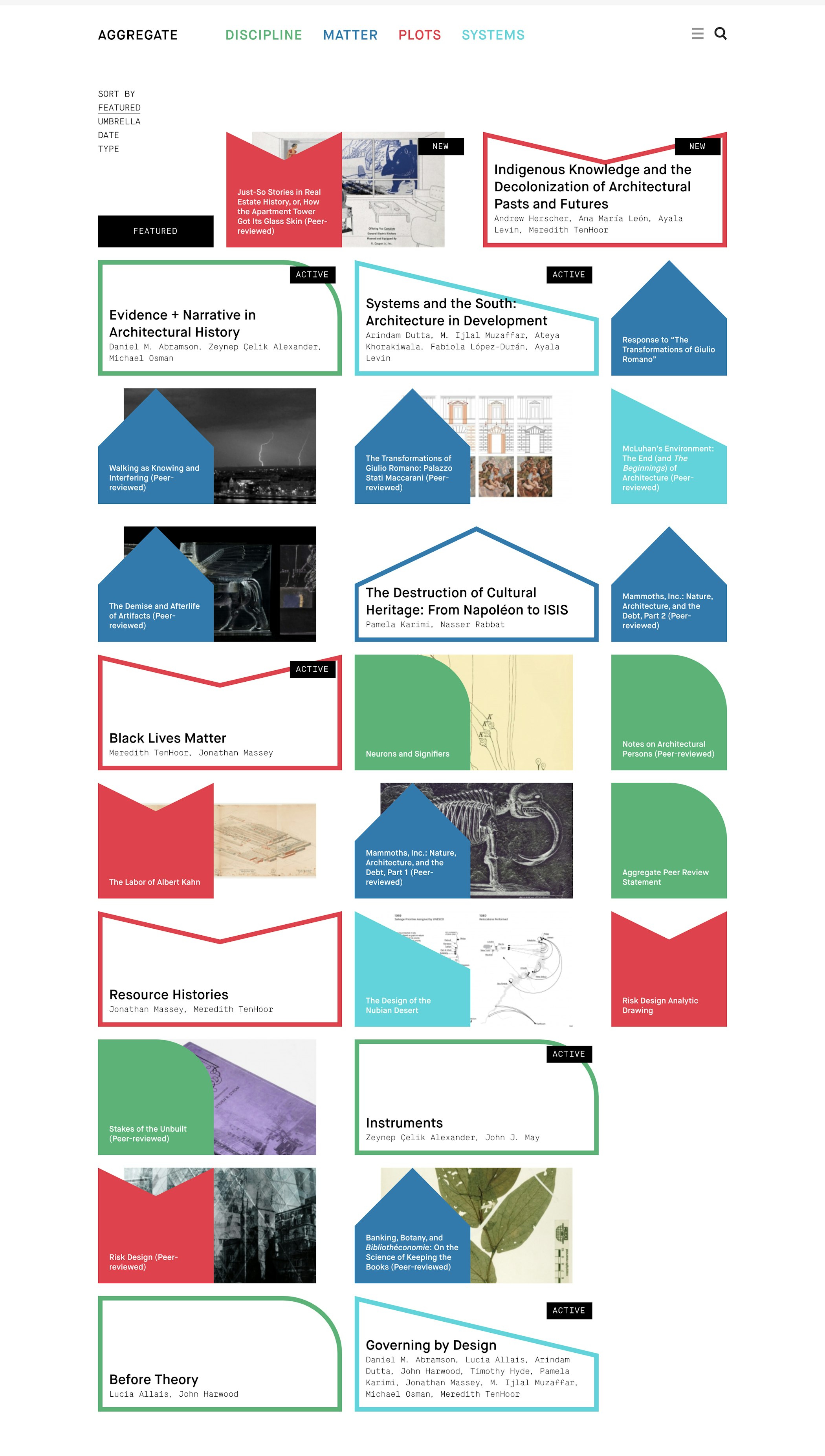How will we live together? Hashim Sarkis has framed the Biennale Architettura 2021 around this primordial question, inflecting it through five scales and conceptual frames: as diverse beings, as new households, as emerging communities, across borders, and as one planet. Platform Austria considers the ways that platform urbanisms answer that question ... and how we might occupy, learn from, modify, proliferate, destroy, or replace existing urban platforms to promote our many conceptions of the public good.
I come to this conversation as a scholar and academic leader trained in architecture and its history. My research has shown how architecture mediates power by shaping civil society, culture, and consumption. During a decade of involvement in the Aggregate Architectural History Collaborative,[1] I worked with colleagues to understand how change happens, who authors design, how architecture participates in modernisation––how architecture governs.[2] That work paralleled the rise of platform capitalism along with the infrastructures, armatures, and interfaces through which it shapes cities, buildings, and communities.
Many former students have entered or engaged with the tech sector. They are designing co-working facilities or user interfaces; developing space-as-a-service products, workflow software, computer processing platforms; writing policy and engaging in advocacy to expand access for or limit harm to underserved constituencies. Architectural education has given them powerful abilities such as spatial analysis and imagination, logistical intelligence, humanistic vision, representational virtuosity, and multidisciplinary synthetic capacity. But it hasn’t always prepared them to design the lifecycle of a building, product, or service; to use data and algorithms in critical and generative ways; or to navigate markets and financial and regulatory processes. Intervening in contemporary urbanisation and the platforms shaping our lives requires a set of knowledges, mind-sets, and skills that overlap with but also differ from those bundled into an accredited architecture degree.
One way to renew the agency of architecture – the challenge Sarkis has issued in this Biennale – is to remix some of the discipline’s content, capability, and culture with those of other fields especially germane to shaping urban futures, such as urban planning and data science. This entails engaging proactively with emerging forms of knowledge, tools and technologies, and modes of organisation. It requires setting aside some of the topics and skills inherited from prior eras of education and practice. It calls us to carry forward some of our ethical and political commitments while reassessing others in light of new forms of social and economic organisation and emergent justice claims.
For this reason, my colleagues at Taubman College and I are creating a new degree addressing platform urbanism. Set to launch next year, our Bachelor of Science in Urban Technology will complement our existing Bachelor of Science in Architecture. It will equip students to see, shape, and inhabit cities through methods drawn from urban studies and planning as well as data science and technology, integrated through design.
More on this venture in my next post.

Aggregate Architectural History Collaborative website, we-aggregate.org, October 2020.
Comments